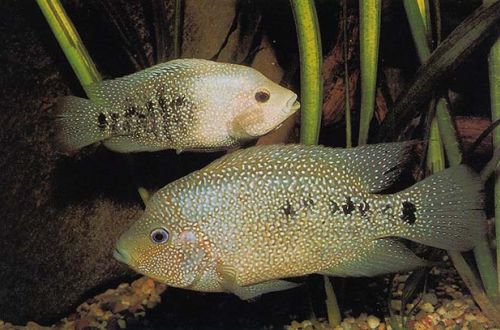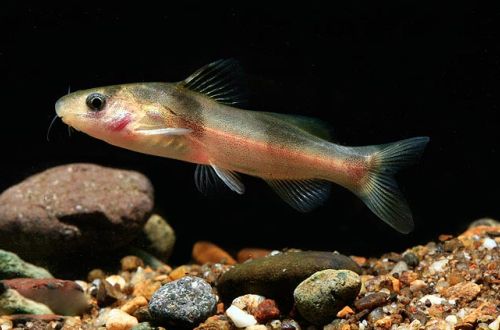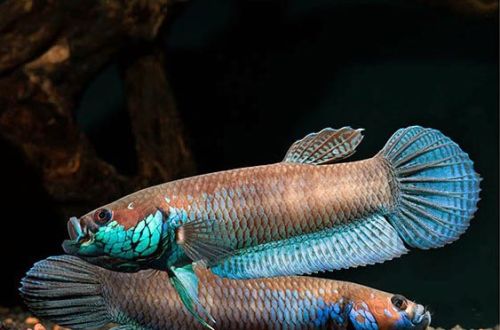
Dourada
Dourada, scientific name Brachyplatystoma rousseauxii, belongs to the family Pimelodidae (Pimelod or flathead catfishes). Large carnivorous fish, which is an important commercial species for the local population. Rarely seen in the aquarium trade, mainly among hobbyists or large community aquaria.
Contents
Habitat
Comes from South America. It is found throughout the vast Amazon basin, as well as the Orinoco. Inhabits the main deep-water channels of rivers from the mouth to the upper reaches, thus the natural habitat extends for thousands of kilometers.
Brief information:
- The volume of the aquarium – from 1500 liters.
- Temperature – 22-28°C
- Value pH — 6.0–8.0
- Water hardness – 1–21 dGH
- Substrate type – sand, gravel
- Lighting – subdued
- Brackish water – no
- Water movement – any
- The size of the fish is about 1 meter
- Food – different fish
- Temperament – conditionally peaceful
- Content alone or in a group
Description
In nature, adults reach a length of up to 1.9 meters, in an artificial limited environment they grow somewhat less – about one and a half meters. The fish has an elongated powerful body with a large somewhat flattened head. The edges of the massive forked tail are crowned with long filiform processes of the extreme rays. Painted in a steel silver grey. Sexual dimorphism is weakly expressed, males and females do not have obvious visible differences.
Food
Fish-eating species, which, however, can be accustomed to alternative products from shrimp, mussels, pieces of white fish meat, squid. Feeding is carried out once a week.
Maintenance and care, arrangement of the aquarium
Successful maintenance of Dourada is possible only in very large aquariums of several thousand liters. To maintain the high quality of water in such large volumes, it is necessary to install high-performance purification equipment, conduct engineering communications for water change (drain / supply), and much more. Together, the equipment often occupies a small room. The total weight of the entire aquarium often exceeds several tons, which in turn requires a series of construction works. Given the above, it becomes clear that Dourada does not belong to amateur aquarism.
Behavior and Compatibility
Non-aggressive peaceful fish despite its carnivorous nature. Compatible with other species of comparable size and with threads who are large enough to fit in her mouth. Of course, any small fish will certainly be eaten.
Breeding / breeding
Do not breed in an artificial environment. In nature, spawning occurs in the upper reaches of rivers. There is no parental care for offspring. Eggs and fry are washed downstream to the delta, the process takes about a month. The juveniles remain in the estuary area for three years, entering the delta to feed when conditions permit. Then they move to the lower and middle Amazon, where they stay for another year. In the fourth year of life, becoming sexually mature and ready to procreate, catfish return to the upper reaches of the rivers. Thus, during the migration they overcome over 5500 kilometers.
Fish diseases
The cause of most diseases is unsuitable conditions of detention. A stable habitat will be the key to successful keeping. In the event of symptoms of the disease, first of all, the quality of the water should be checked and, if deviations are found, measures should be taken to correct the situation. If symptoms persist or even worsen, medical treatment will be required. Read more about symptoms and treatments in the Aquarium Fish Diseases section.





